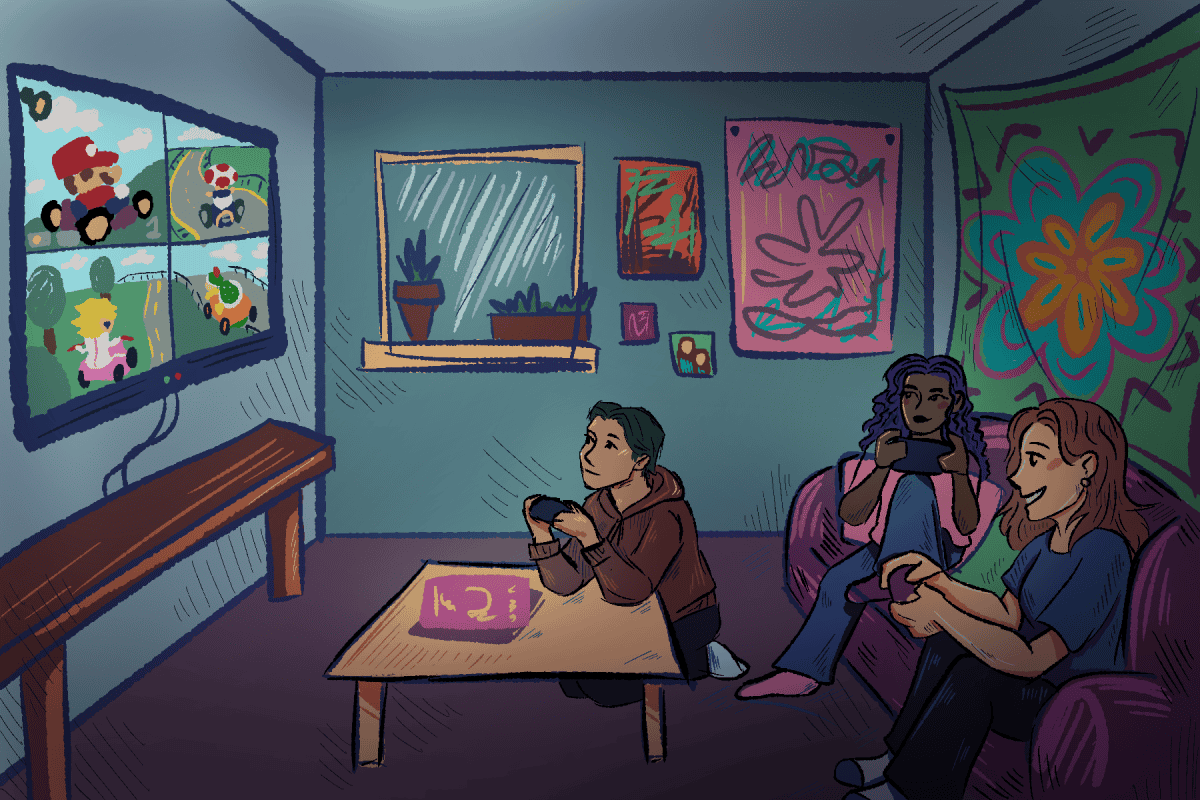In a state where 1 in 4 adults is functionally illiterate, high rates of obesity, diabetes and hospitalization may not be as arbitrary as they seem.
According to the National Adult Literacy survey by Center for Health Care Strategies, 75 percent of Americans who reported having a long-term illness also had limited literacy. This means they are less likely to understand how to dictate, diagnose and treat their own symptoms.
“There are a lot of things that go into your health literacy skills,” Kay Smith, a member of the Alabama Health Literacy Coalition, said. “Some personal things such as your ability to see, your memory, reasoning skills, your background, your language, culture, education and social support.”
Smith said the coalition aims to improve the health literacy rates in Alabama by providing resources and information to residents. She said though the root of the problem often comes from individual situations, the impact is widespread.
“Some of that interacts with some broader issues, such as the health care system, and our ability to navigate that system,” Smith said. “There’s evidence that shows that people with low health literacy skills have increased hospitalizations, which lead to higher health care cost for all of us really. It’s pretty critical we all take notice.”
Koushik Kasanagottu, a junior at The University of Alabama and president of the Diabetes Education Team, has worked to set up several diabetes educational opportunities in the Black Belt region for residents. He said he has consistently seen better outcomes in diabetes management in areas with higher literacy rates as opposed to places with lower literacy rates, such as the Black Belt.
“The people whom we serve in the Black Belt are not as educated and are on the lower socioeconomic status,” Kasanagottu said. “They usually realize they have diabetes when it’s too late, which leads to serious complications such as seizures, amputations and neuropathy.”
He said diabetes is an easily diagnosed disease, and if more people are educated and aware of the causes and symptoms of diabetes, they are able to prevent or catch the disorder. For example, drinking a can of Coke a day has been linked an increase your risk of acquiring diabetes by 25 % according to a study done by Harvard.
“If people are made aware of facts like this, they can prevent the disorder before they even get it,” he said.
Marie Eddins, a junior in the UA nursing program, said she sees a difference in her patients’ education and personal health levels based on what hospital she is assigned to.
“Rural areas have seemed to produce more health-illiterate patients than the urban areas,” Eddins said. “You definitely see diet issues, understanding what calories are, what are the right foods to eat and why they’re gaining weight. I personally worked with a man who was going to loose his foot because he was not educated in diabetes awareness.
“I know for nurses, one of our main roles is education. If patients do come in for their annual routine physical exam, it is part of nurses’ job to provide knowledge to patients. But for people who don’t come in, that really creates a problem.”
Kasanagottu said he believes education to be key in increasing health literacy and lessening the impact of some of these issues.
“Breast cancer activists have done a great job with this,” he said. “They have been strong proponents of individual screening and prevention. Thus, breast cancer has had a higher survival rate over the years. Education seems to be the key in solving this problem.”
The CHCS also found that in a study of 483 asthma patients, only 60 percent had the ability to read above the sixth-grade level, though two-thirds had reported graduating from high school.
“When the education material requires a sixth grade reading level, there is a significant problem for rural diabetics who are unable to read the information on this material,” Kasanagottu said. “There is a disconnect of communication between educators and the population. But, there has been a lot of progress in this area, and educators are using other media, not only fliers, to disseminate the information.”
Smith also noted the connection between education and health literacy. One way to help, she said, was to get to the root of the problem: education.
“I would say, you know, get involved in a local literacy council. Or get involved in the schools, and help mentor kids,” Smith said. “And you know, on a personal level, not being afraid to speak up with your health care provider and institutions when you don’t understand anything. People should use their libraries for self-education, and learn as much as possible.”






